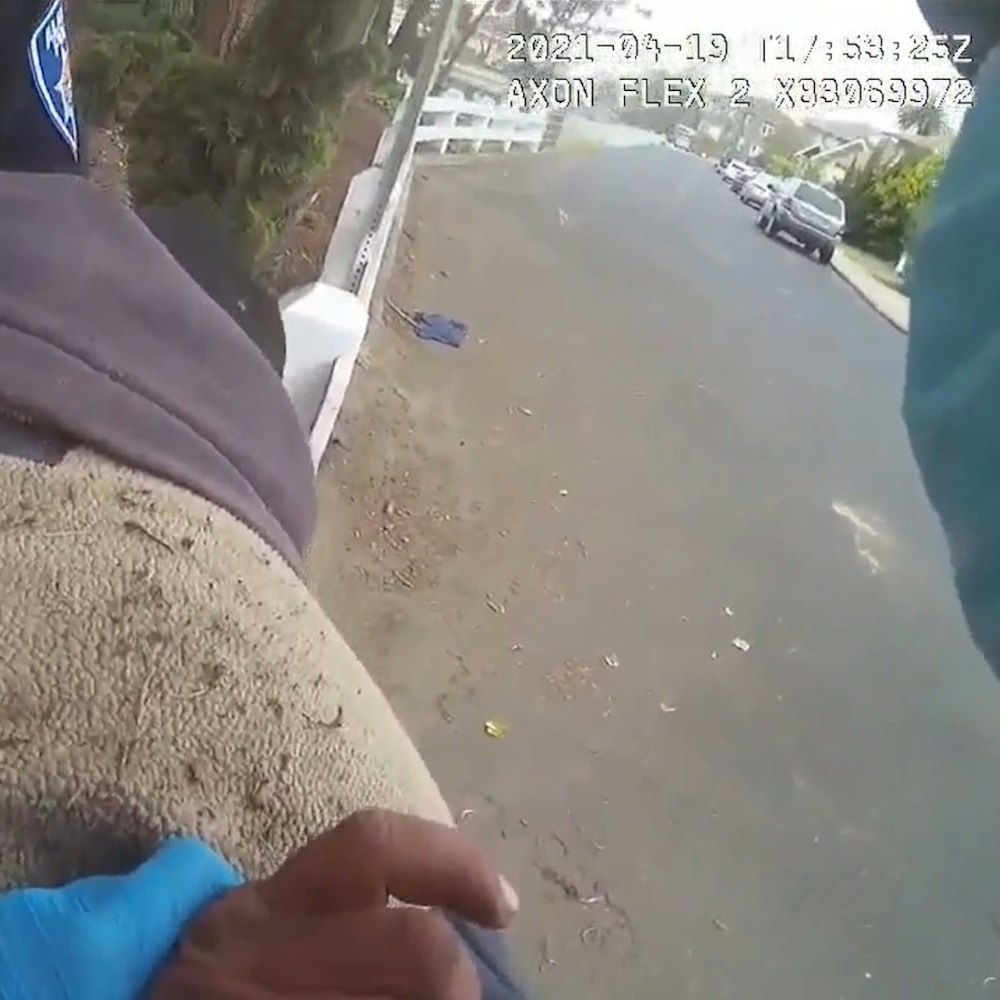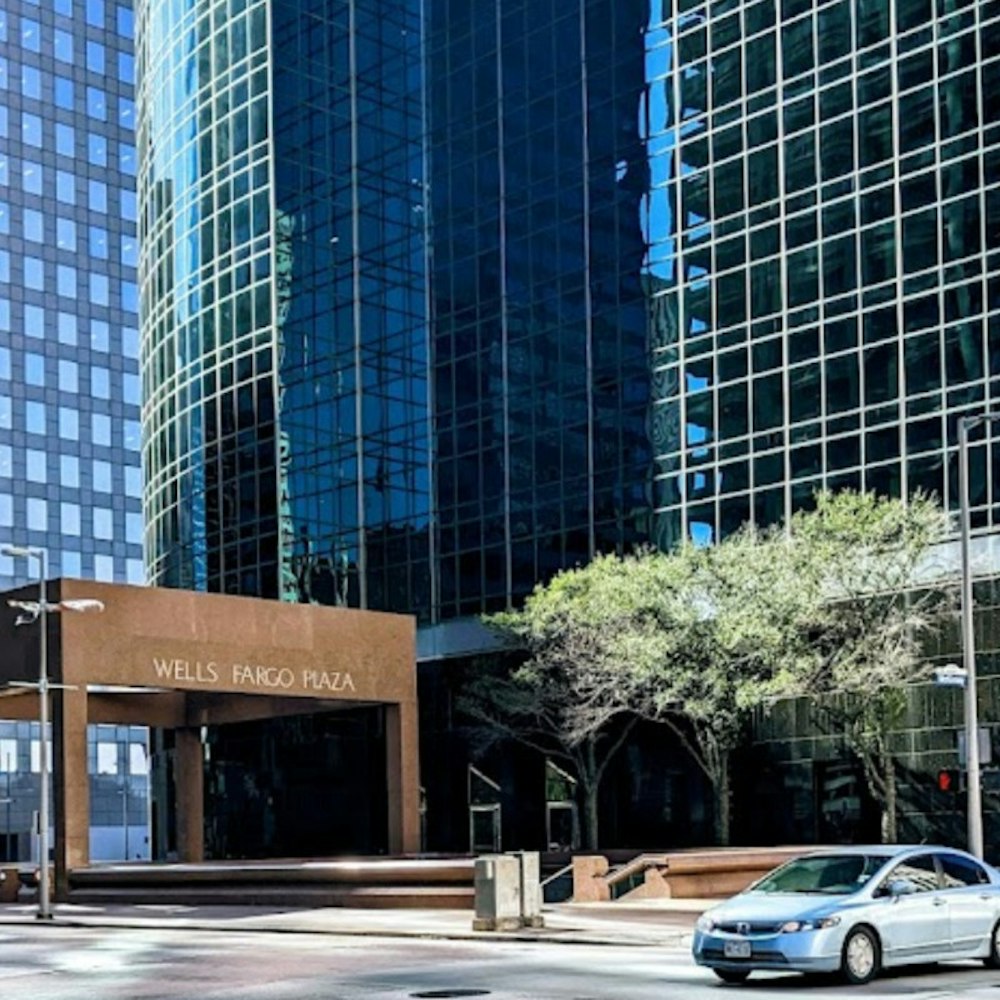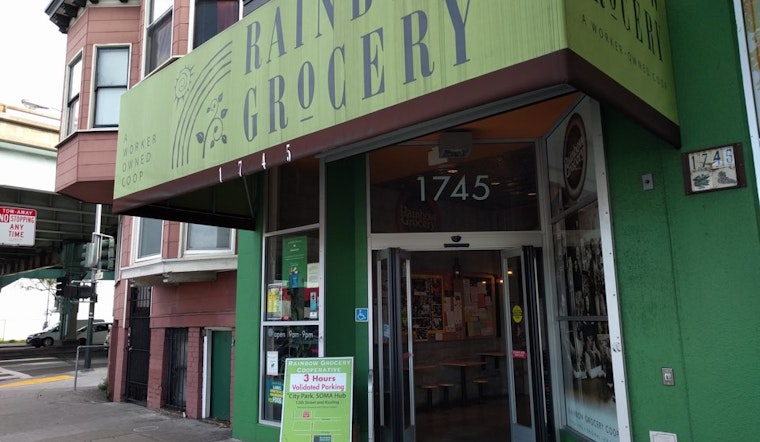
Roughly seven months after the city expelled homeless encampments from Division Street, the tents—and their accompanying quality-of life issues—are back, say members of Rainbow Grocery's board of directors. And so is the co-op grocery's push for more city services to support its homeless neighbors.
Back in February, as nearby homeless encampments grew in size, Rainbow struggled with a significant increase in theft, violent encounters and mental health issues in and around the store. Homeless people often made a mess in Rainbow's restrooms; in one case, 50 used syringes were left in a trash can. After the city took action, however, things calmed down.
But after a few months of relative quiet, tents are once again lining Trainor (off Division between Folsom and Harrison), 14th, and 15th streets. A few have even been erected around the barrier fences put up by the city on Division Street. And according to Anna Costa Rowan and Paul Knowles, two members of Rainbow Grocery's elected board, 911 calls for both issues within neighboring encampments and violence against Rainbow's workers are once again on the rise.
Citing privacy concerns, Rowan and Knowles refrained from sharing details on specific incidents. But they noted that some recent incidents involving homeless campers have sent Rainbow employees to the emergency room.
"Things were quiet on our block for four or five months, [but] activity started ramping up again," said Knowles. "In the last month or two we’ve seen … threatening and intimidating behavior, unsafe conditions, needles on the sidewalk and street, waste … just threatening behavior in general."
"It's hard to say what is just neighborhood crime, and what is associated with the folks living in tents," Rowan admitted. But in at least one incident, witnesses did see the suspects enter and exit nearby tents.
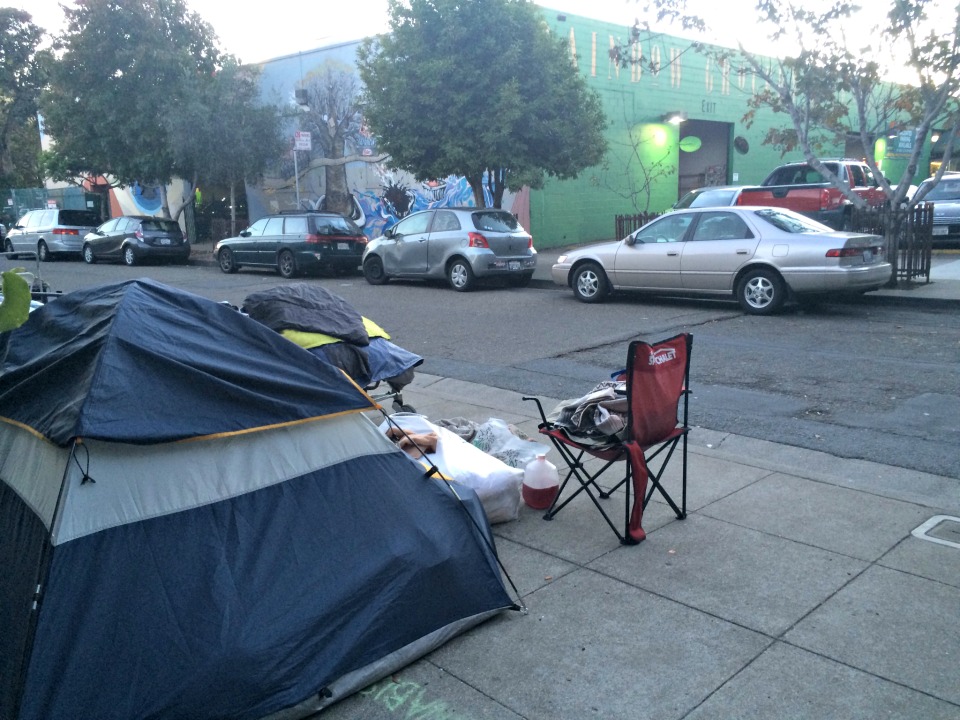
While Rowan and Knowles couldn't pinpoint exactly why campers have been returning over the past couple of months, Rainbow's board is clear on what the city should do about it—namely, extending city services to campers.
Earlier this month, Rainbow submitted a letter to Mayor Ed Lee, every member of the Board of Supervisors, the Department of Homeless Services and Supportive Housing, SFPD Southern Station, the District Attorney's office, SF Public Works and other city agencies, requesting "the same short-term solutions we asked for in February." The list includes more public bathroom facilities, regular garbage collection, needle disposal, food, water and mental and physical health care.
The letter also advocates for longer-term solutions, urging the city to open more Navigation Centers "to meet the needs of these communities."
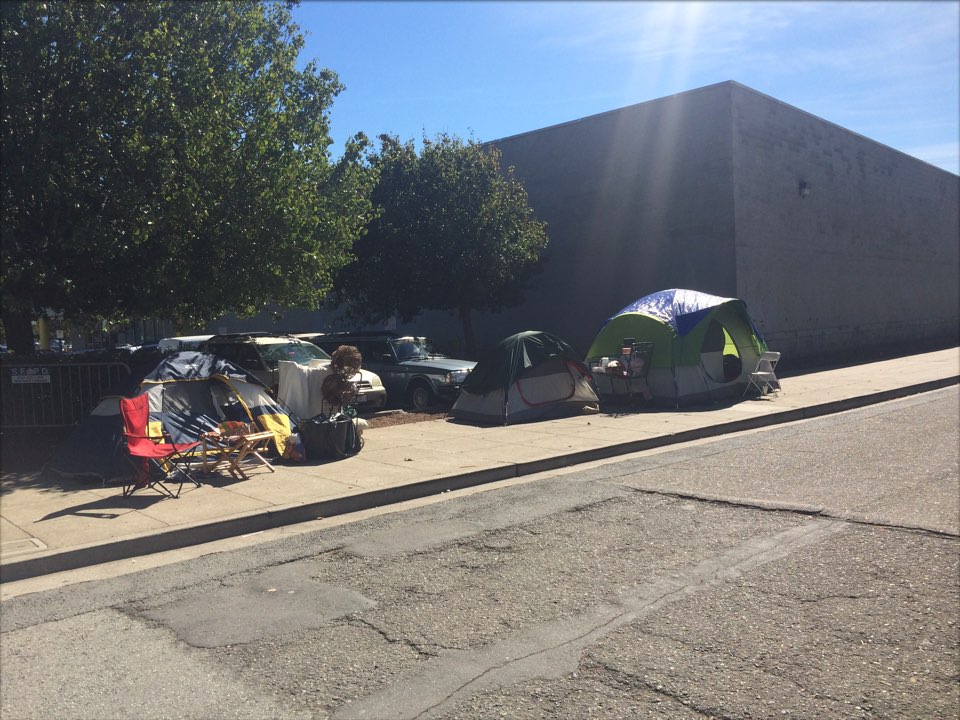
District 9 Supervisor David Campos, whose district includes Rainbow, agrees that opening more Navigation Centers is the long-term solution to ongoing problems in the area. In March, Campos introduced legislation to the Board of Supervisors that would require the city to open six new Navigation Centers within the following year. The legislation passed in June.
While some are pinning their hopes of eliminating homeless encampments once and for all on Proposition Q, Campos believes the legislation is not a long-term solution.
If passed, Prop Q, drafted by District 2 Supervisor Mark Farrell, would prohibit tents and makeshift shelters on city streets. The city would be required to offer campers alternative housing or shelter, and post a 24-hour notice before removing illegal shelters. Detained property would be stored for up to 90 days.
The proposition was added to the ballot with support from supervisors Scott Wiener, Malia Cohen and Katy Tang. Mayor Ed Lee's administration is also a proponent of Prop Q, CNN reports, and its financial backers include technology industry investors and hotel interest groups.
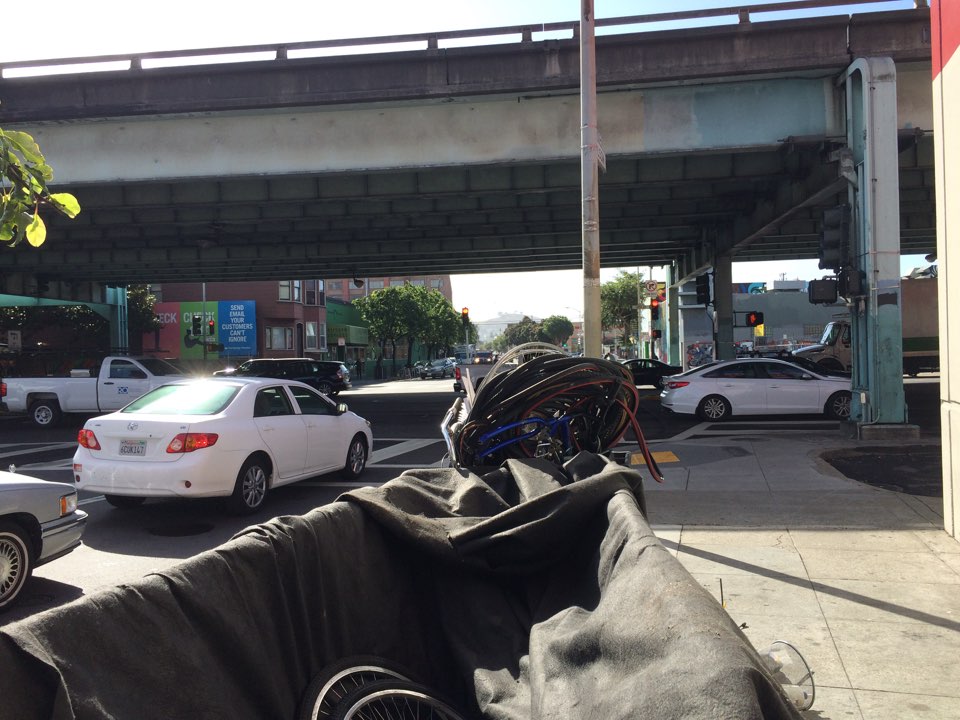
Campos is intimately involved with the encampments in his district. "I'm on the ground almost every single day talking to homeless encampments," he told us.
He worked to help move a major encampment from the PG&E parking lot on 19th Street between Folsom and Harrison to the Navigation Center, but the process was complex. According to Campos, it takes two to three weeks to speak with individual campers, assess their needs, get them into the Navigation Center and connect them with services.
But those time-consuming steps are crucial to solving the problem, Campos said. "If all you do is what's happened before, you're not solving anything. You're just moving people down the street."
When it comes to the conversations he's had with campers, every story is different, but "people want a place to go," he said. "People don't want to be on the street," but they don't want to go to prison-like shelters, either.
Efforts to move people off of the streets are limited by the amount of space available in Navigation Centers. There are still only two Navigation Centers open; a third is coming to the Dogpatch early next year. "We're gonna run out of space," Campos said.
"I do believe that tents are not a solution for the people in them, around them, neighbors and businesses. We need to open as many Navigation Centers as possible ... I personally feel that six is kind of the minimum." Ideally, he told us, he'd like to see one in every district.
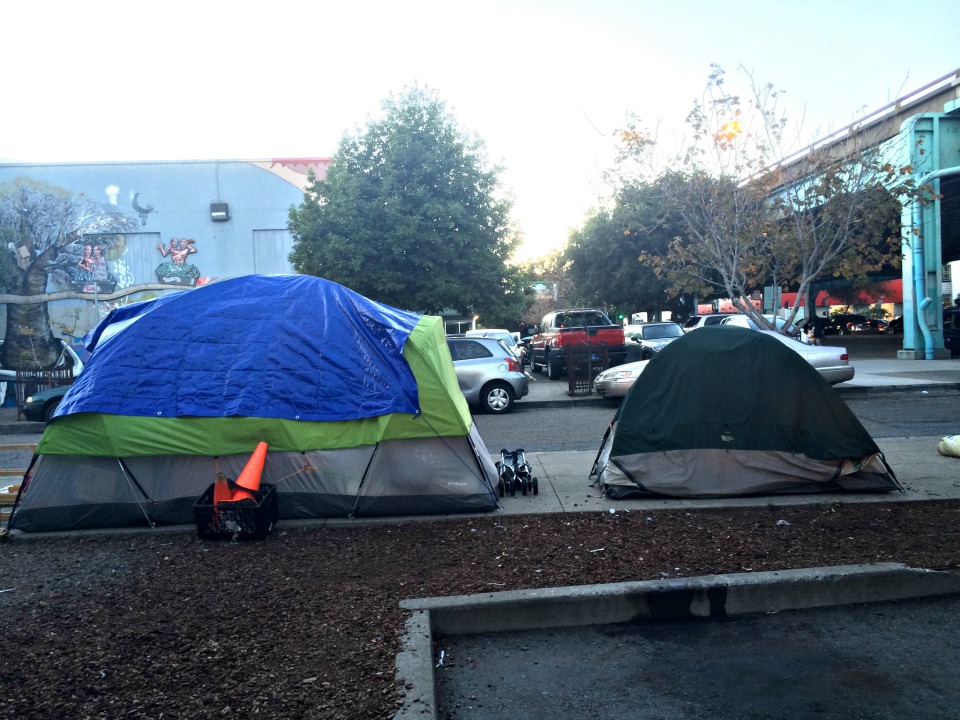
Until then, Campos agrees that the city should help address existing issues. When asked if he believes the city should offer the services Rainbow has requested—like trash and needle disposal, food and water, and health and mental health services—Campos responded that "everything has to be on the table."
As for Rainbow's frustrations, Campos assured us that they're not being ignored. “All the work we have been doing around homelessness has involved Rainbow, and issues happening around the store," he said. He is scheduled to meet with Rainbow's board of directors again this week.
Campos' advice to residents who are also frustrated and looking for solutions: "Please push your elected representatives to open up Navigation Centers in their districts if they haven't," he said, noting that eight of 11 supervisorial districts still lack such facilities. "Tell them, 'Please provide a place for homeless people to go.'"
